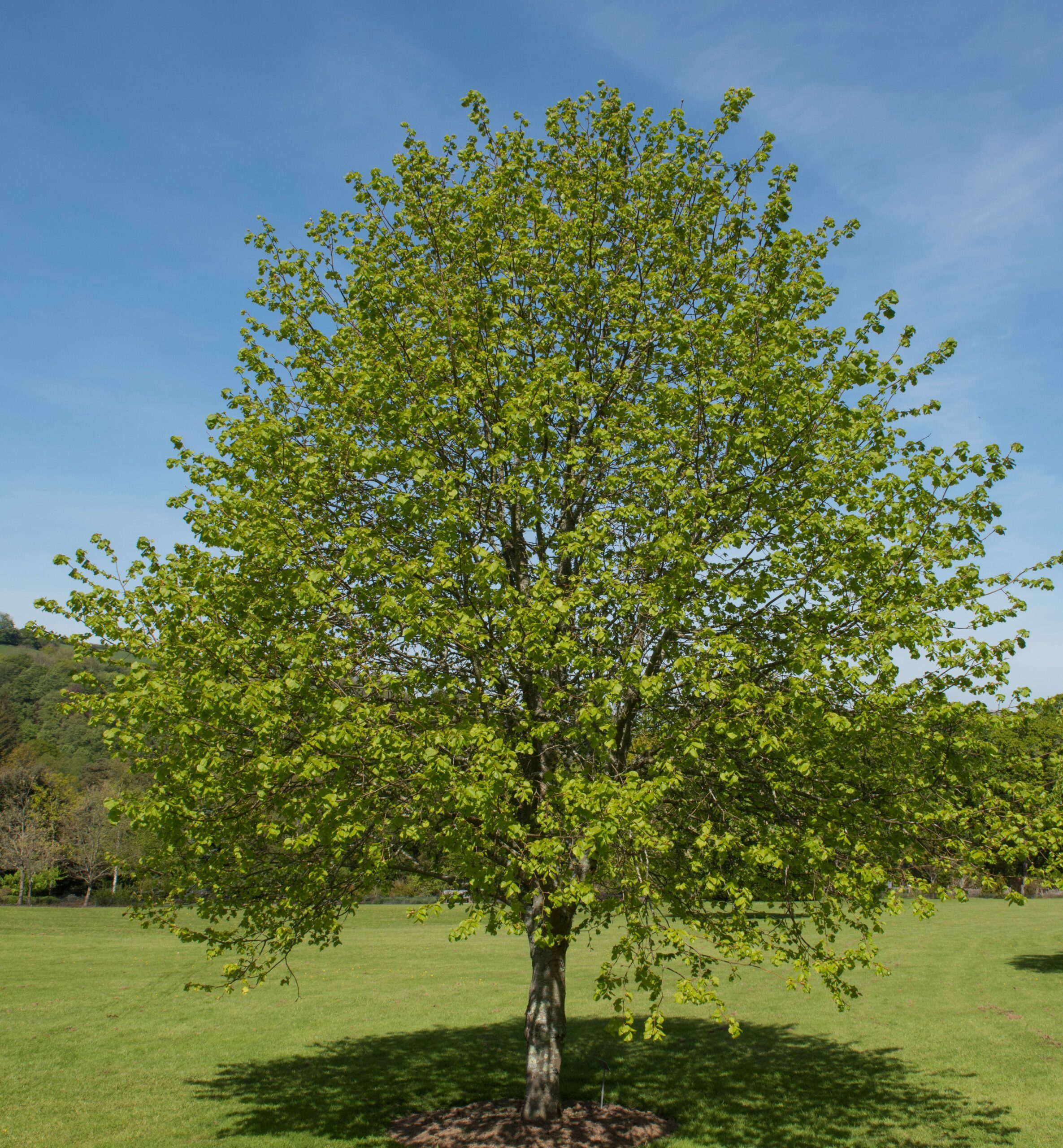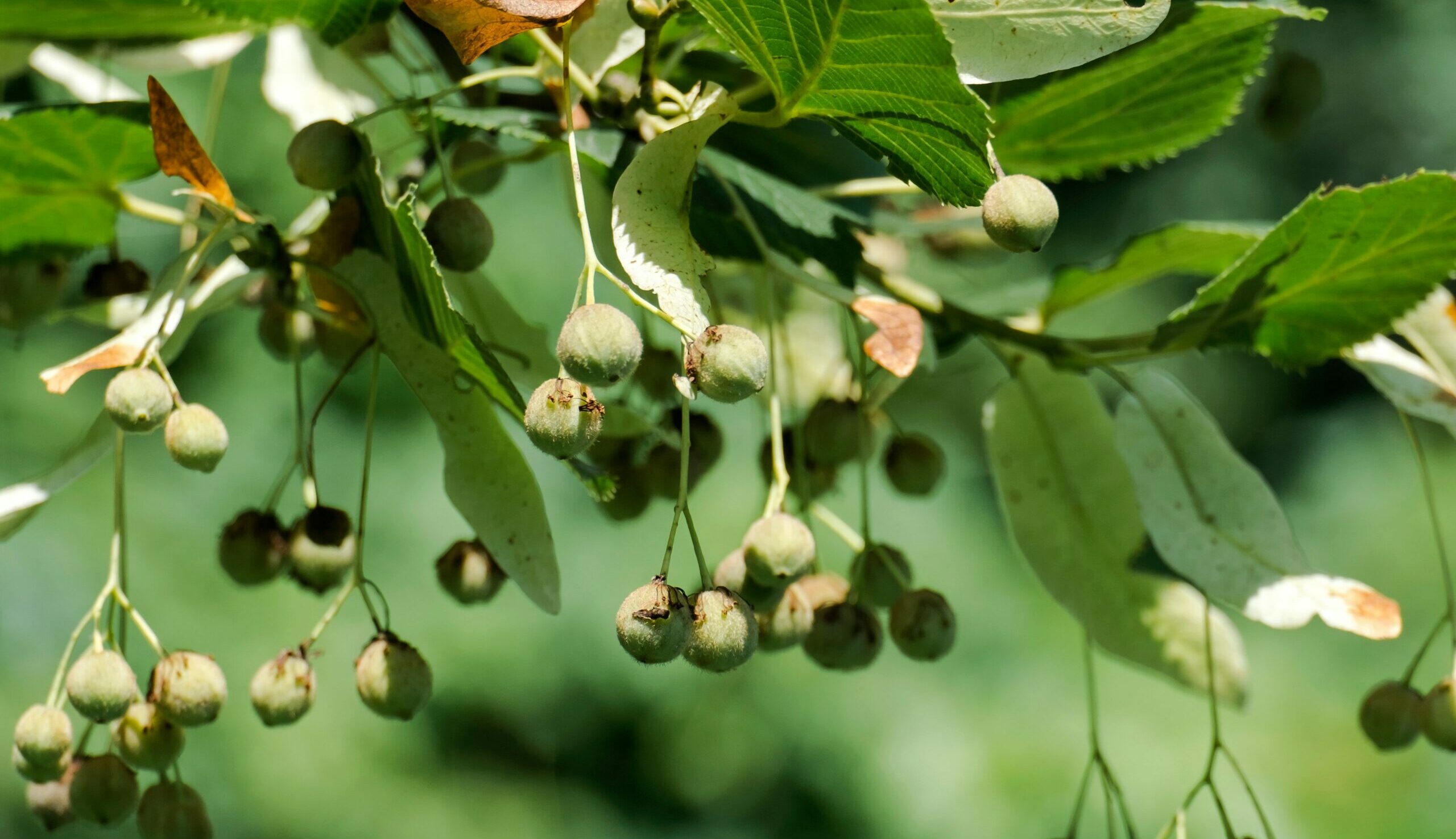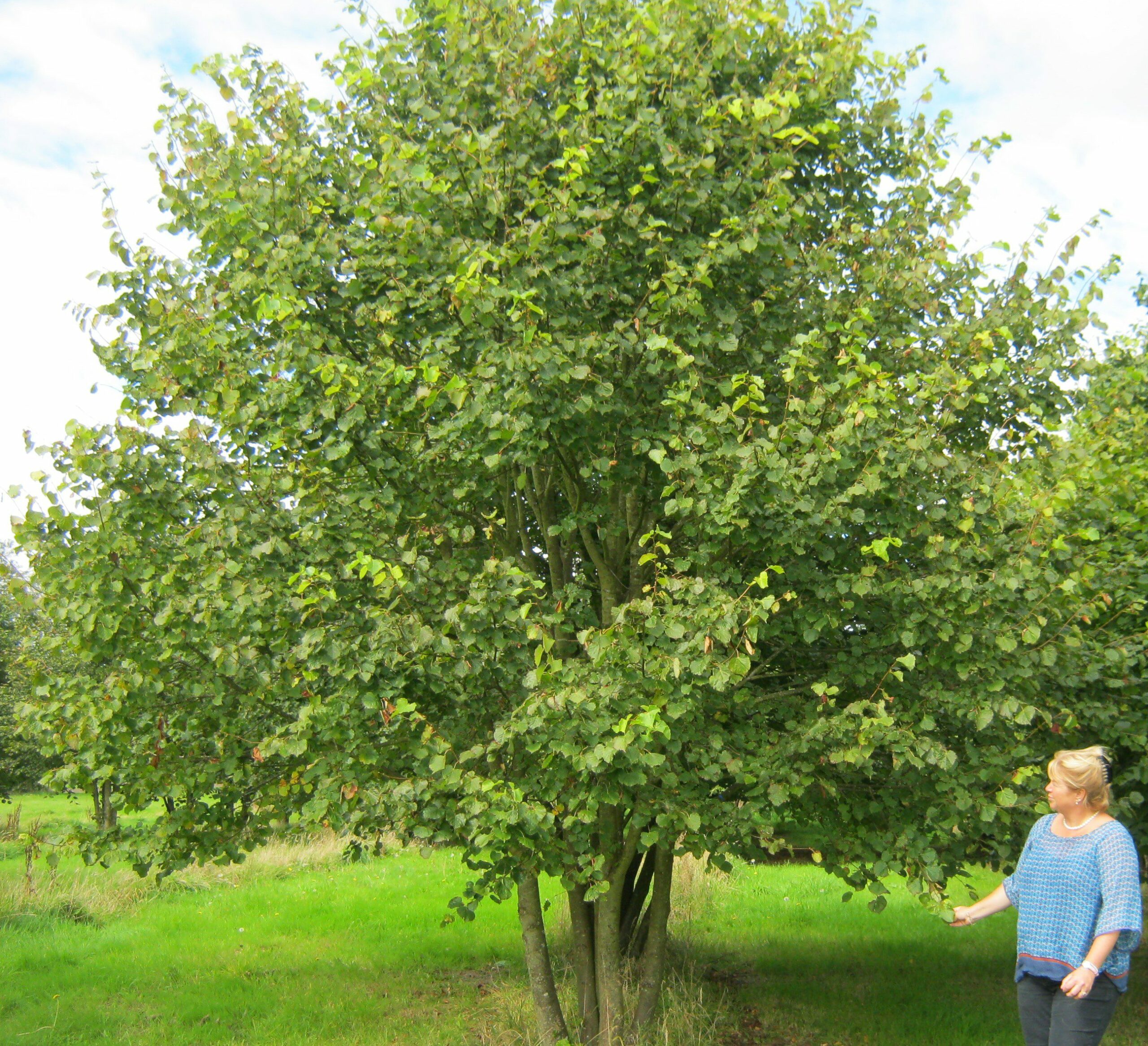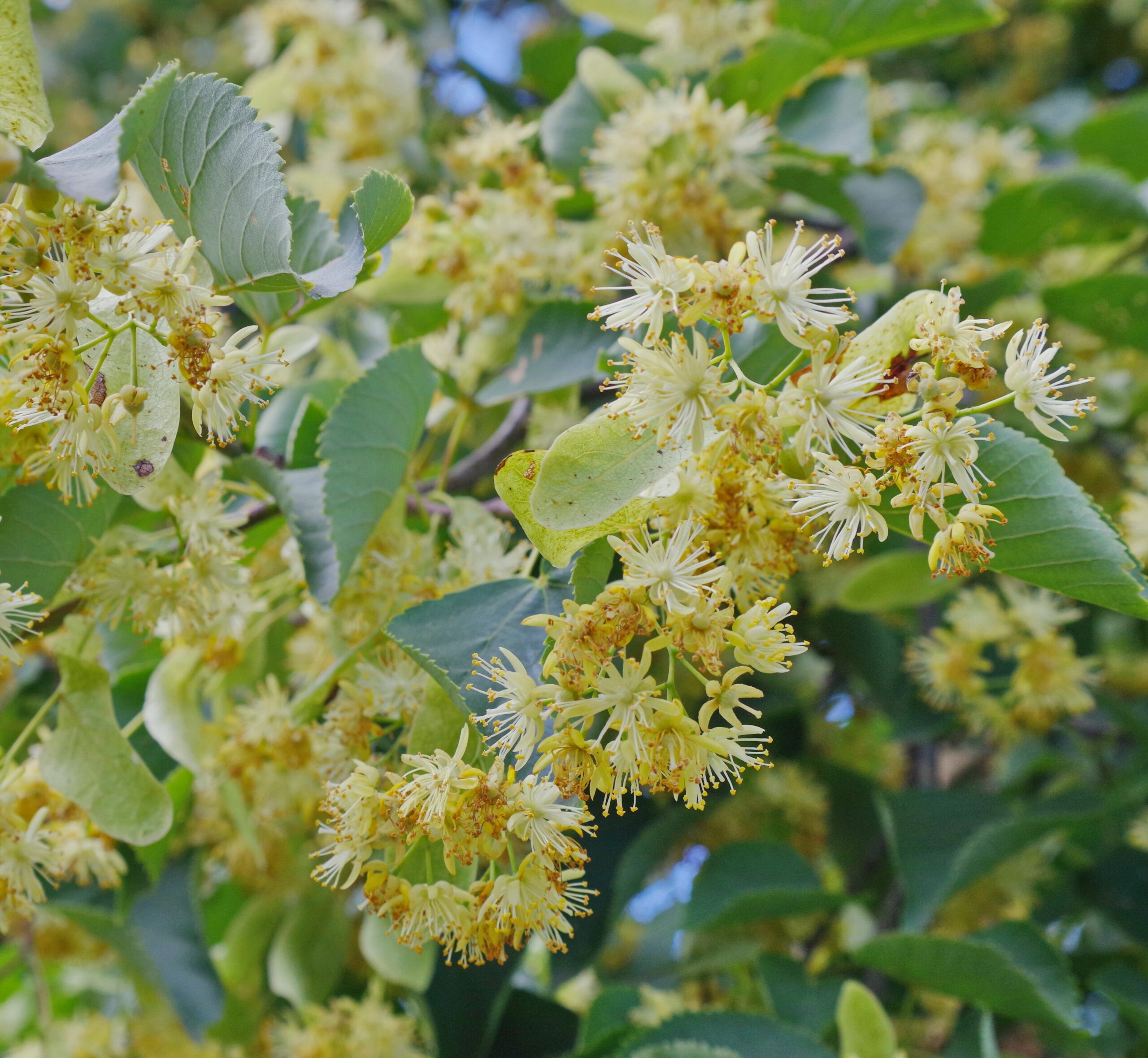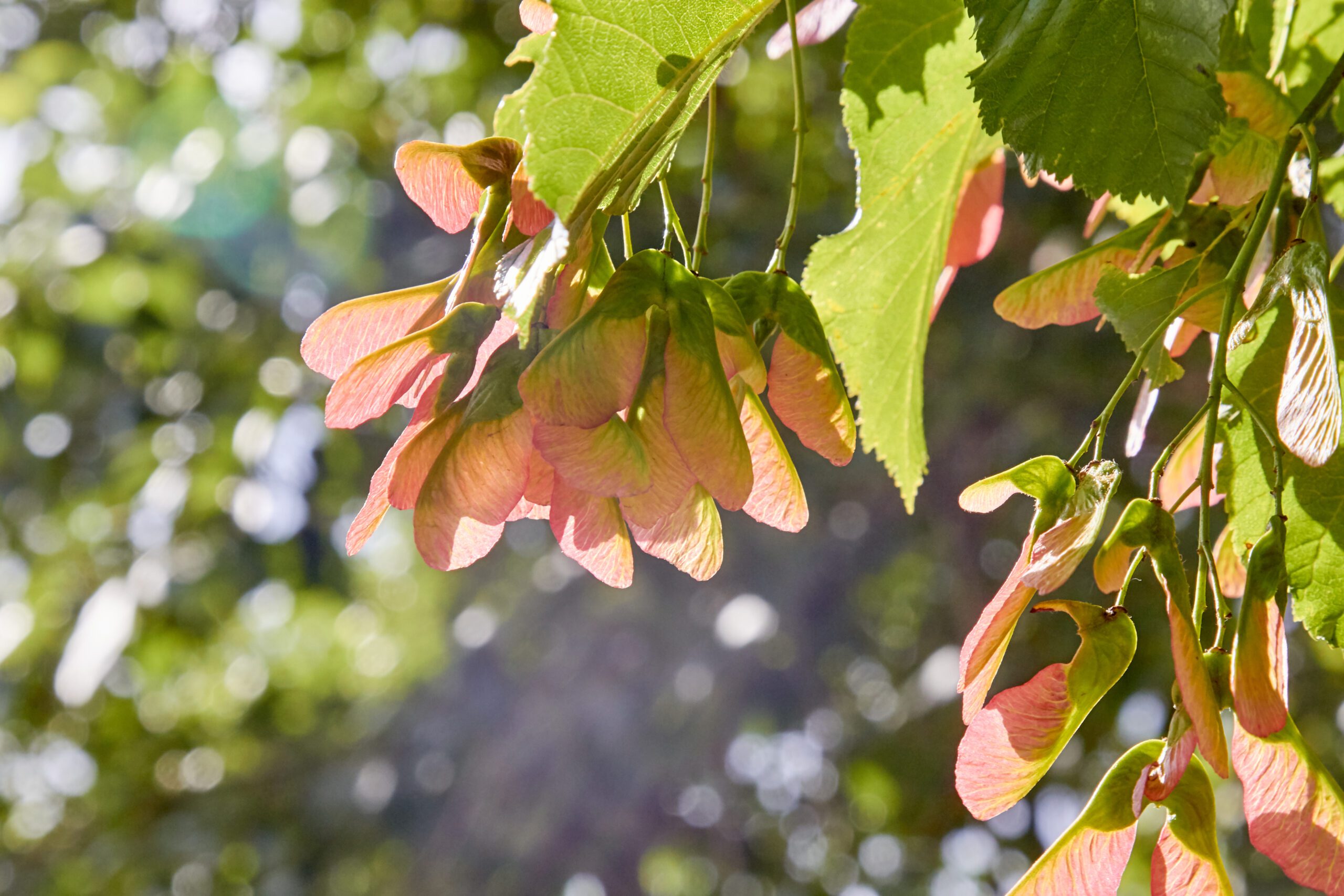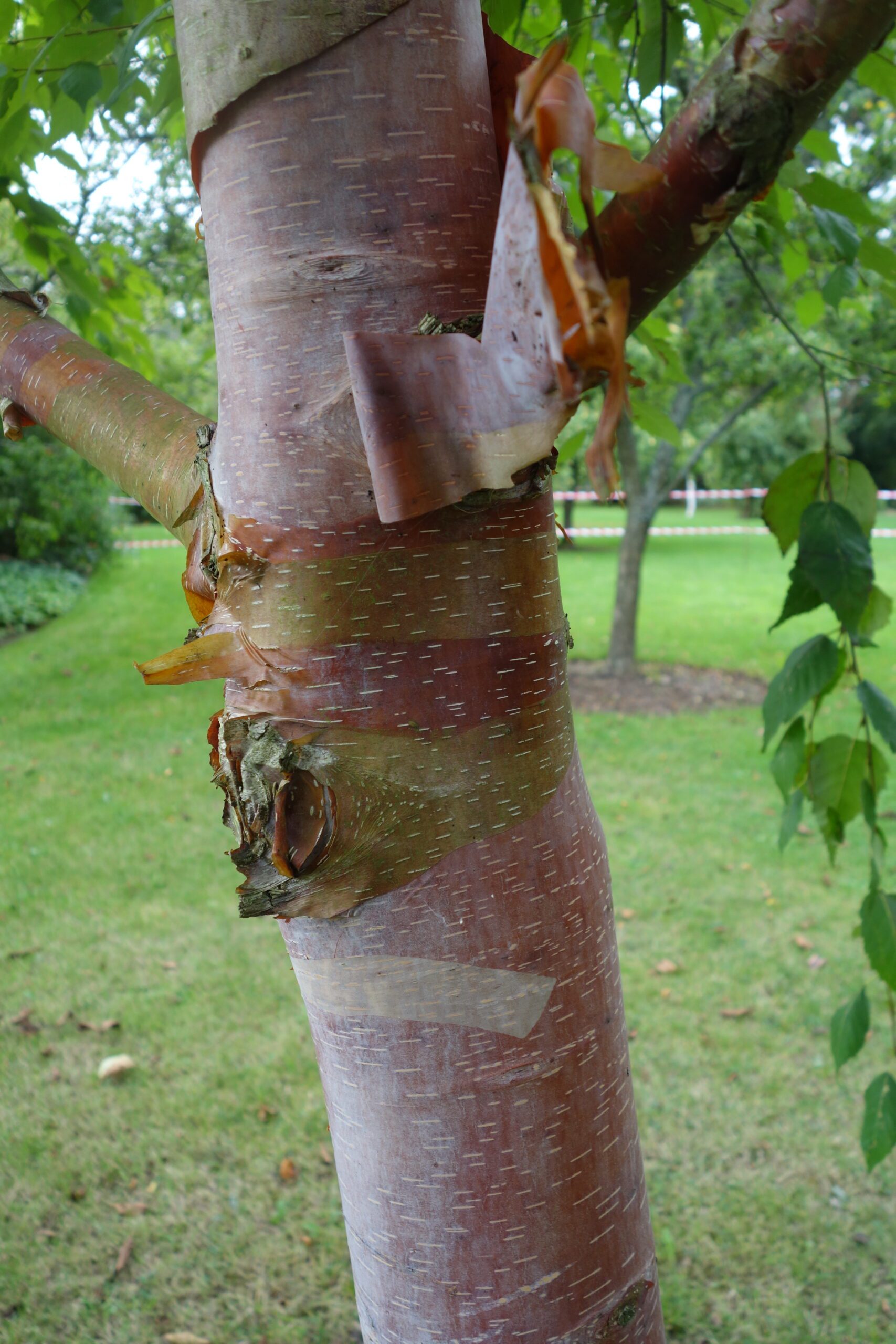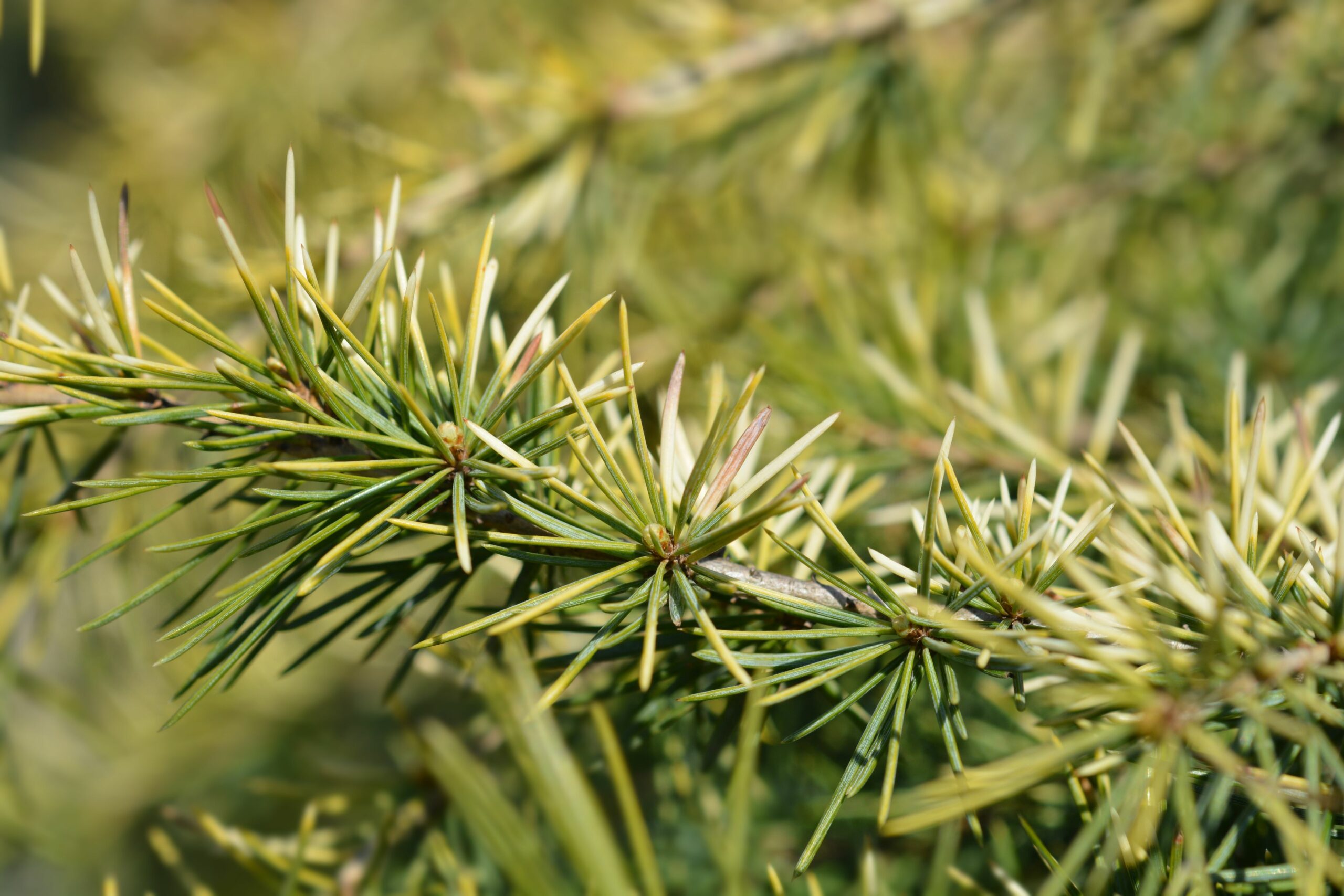Tree Information
Specialities
Tolerances
Wet Soil: Low
Dry Soil: High
Lime: Medium
Tilia cordata, commonly known as the Small-leaved Lime, is a graceful deciduous tree native to Europe and the British Isles. Celebrated for its strength, adaptability, and ornamental character, this species is a timeless choice for parks, gardens, and urban landscapes across the UK. Typically growing into a medium to large tree, Tilia cordata forms a rounded crown, although shape and size can vary slightly as many specimens are seed-raised, contributing to its natural diversity and charm.
The leaves of Tilia cordata are mid to dark green above and pale green beneath, measuring approximately 5–7.5cm in length. Their cordate (heart-shaped) structure gives the tree a soft, elegant texture. During late summer, from late July through August, the tree produces clusters of creamy, sweetly scented flowers, which bloom later than most other Tilia species. These fragrant inflorescences not only add ornamental appeal but also attract a wide range of pollinators, including bees and butterflies, making Tilia cordata a valuable addition to wildlife-friendly planting schemes.
A highly versatile and resilient species, Tilia cordata thrives in a variety of soil types and conditions, from clay and loam to lighter, sandy soils. Although it does not tolerate prolonged flooding, its wide native range, from Spain to Russia, but gives it exceptional tolerance to both heat and cold.
The Small-leaved Lime also responds exceptionally well to hard pruning, allowing it to be shaped or maintained in a variety of forms. It is frequently used as a pollarded, pleached, or trained tree, making it suitable for both formal landscapes and structured garden designs. Its ability to recover quickly from pruning contributes to its reputation as a low-maintenance and long-lived species.
While Tilia cordata performs beautifully as a specimen tree or in avenues and street plantings, several improved cultivars, such as Tilia cordata ‘Streetwise’ and Tilia cordata ‘Greenspire’, have been developed for urban use, offering more uniform growth, straight stems, and predictable canopy shapes. These cultivars maintain the natural charm and resilience of the species while providing the consistency required for city planting schemes.
Combining heritage value, ecological benefits, and aesthetic appeal, Tilia cordata remains one of the most reliable and sustainable choices for modern landscape design. Whether planted for shade, structure, or biodiversity, the Small-leaved Lime continues to enrich streets and green spaces across the UK.
Visit our Useful Resources for in-depth guides
Discover guides to help you with specifying your trees, caring for your trees and understanding the weights and dimensions of trees.
Useful ResourcesSize
Medium/Large
10m high x 6m wide after 25 years
Environment
Tilia cordata is perfectly suited to parks, avenues, gardens, and coastal planting. Its adaptability to diverse environments, from open parkland to busy streets, makes it a dependable choice for modern landscape design across the UK.
Canopy
The canopy typically forms an ovoid to rounded shape, though its outline can vary slightly as trees are often seed-raised, adding a natural diversity and charm to planted groups.
Foliage
Leaves are round to heart-shaped, providing a soft and graceful texture. Their mid to dark green upper surface and lighter green underside create an attractive contrast through the growing season, shifting to gentle yellow tones in autumn.
Bark
The dark grey-brown bark provides character and contrast, deepening in tone as the tree matures. It adds winter interest when the tree’s branching structure becomes fully visible.
Flowers
This tree produces fragrant yellow flowers in late July, generally blooming later than Tilia europaea. The blossoms form in clusters that fill the air with a light, sweet scent, attracting a wealth of pollinators.
Fruit
Following flowering, Tilia cordata bears small, round, felt-like fruits that add texture and visual interest through late summer.
Resilience
Exceptionally hardy and adaptable, Tilia cordata thrives in most soil types, including dry or periodically waterlogged soils. It is resistant to frost, wind, and urban pollution, performing reliably in full sun or partial shade.
Wildlife
The fragrant flowers of Tilia cordata are highly valuable for bees, butterflies, and other pollinators, contributing to biodiversity and supporting local ecosystems.
FAQs
What does the Tilia cordata look like throughout the year?
In spring and summer, the tree features lush green, heart-shaped leaves with a lighter underside. By late July, it produces clusters of creamy-yellow, fragrant flowers, followed by small, round fruits. In autumn, the foliage turns soft yellow, and during winter, the dark grey-brown bark adds texture and visual interest.
Does Tilia cordata require much maintenance?
Once established, it is low-maintenance. The tree responds well to pruning and shaping, making it suitable for pollarding, pleaching, and other formal training techniques. Regular formative pruning in early years will help maintain a strong framework.
Is Tilia cordata good for wildlife?
Yes it’s an excellent wildlife tree. Its nectar-rich flowers are loved by bees, butterflies, and other beneficial insects, while its dense canopy provides shelter for birds.
Make an Enquiry
Enquire below and speak to one of our expert team. For trades only, for general public enquiries click here.
Find Trees For Your Project
View Our TreesSpeak to a Member of Our Sales Team
Make an Enquiry
